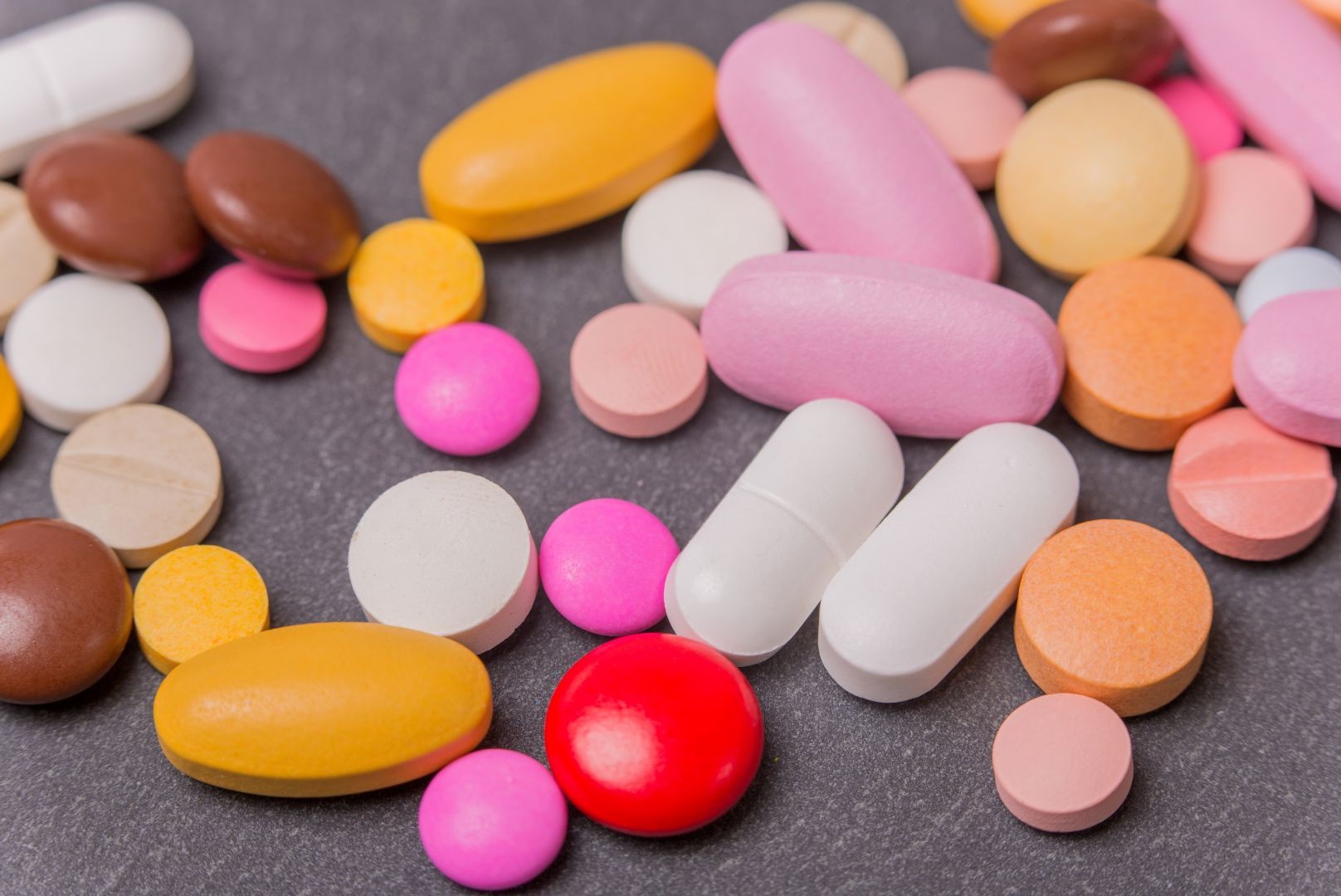
Drug Addiction and Mental Illness Treatment in Sub Saharan Africa
Abstract
Mental and substance use disorders are the leading cause of disability and associated burden globally and in Sub-Saharan Africa. Major mental disorder has the largest burden, yet the very limited mental health treatments in Sub-Saharan Africa are frequently restricted to tertiary psychiatric facilities treating those with drug addiction. This journal reviews focused on the current literature on substance use disorder and mental treatment in Sub-Saharan countries specifically Ethiopia, Somalia, Kenya, Djibouti, and Sudan contexts. The journal review was based on the recent literature from reliable sources like PubMed, WHO, PsycINFO, and Global Health using search terms such as substance abuse treatment in Sub-Saharan countries. Journals published before 2000 were excluded. Twenty-one relevant reviews were identified and reviewed for background information and to illustrate mental and drug use disorders. Comprehensive overviews of drug disorder and mental treatment models were markedly absent from the recent literature. Thus, this review journal aimed at finding out the realistic treatment of drug disorder and mental treatment in Sub-Saharan countries, and suggested further research would conduct well to blend inquiry with further interventions.
Keywords
- Mental health
- Treatment
- Drug
- Addiction
- Sub-Saharan
- Africa
Citation
Liranso GS, Yosph DM (2017) Drug Addiction and Mental Illness Treatment in Sub-Saharan Africa. J Subst Abuse Alcohol 5(3): 1064.
Introduction
Alcohol and substance-use disorders come in second for most of the developing world and Eastern Europe. The global mental health landscape has transformed over the past 25 years because of the higher visibility of the burden of mental health and substance-use disorders. On the other hand, among mental and behavioral disorders worldwide, depressive disorders were the leading cause in 2010. Consumption of alcohol is associated with acute and chronic adverse health outcomes including cardiovascular diseases, liver damage, cancers, psychiatric conditions, as well as intentional and unintentional injuries.
Moreover, concern about alcohol consumption among young people has led to a mushrooming of literature that seeks to understand the correlates of alcohol abuse among the youth. Although there is now ample literature on alcohol consumption in sub-Saharan Africa, much of it focuses on the links between alcohol consumption and sexual behavior and sexually transmitted diseases among adult and adolescent populations.
The burden of mental health and substance-use disorders is predicted to increase worldwide in coming decades, and the steepest rise can be expected in low- and middle-income countries as a result of rising life expectancy, population growth, and under-resourced health care. Untreated mental health disorders are associated with a high economic burden. Furthermore, pervasive stigma and human rights violations compound the suffering associated with these disorders and exacerbate social vulnerabilities. And, individuals with substance-use disorders are also likely to have other mental health problems, including depression and schizophrenia. Similarly, a large proportion of people with mental illnesses also have substance-use disorders.
Likewise, mental illness may increase the risk of substance misuse; individuals may ‘self-medicate’ with alcohol, tobacco or amphetamines as a means of coping with distress and negative affects. For most, the idea of a non-communicable disease epidemic in Sub-Saharan Africa may seem intangible, or at the very least, too far off to contemplate particularly given the fact that communicable, maternal, neonatal, and nutritional diseases still account for approximately 68% in the region (Institute of Health Metrics and Evaluation, 2013). Furthermore, a comprehensive overview of the disparate substance use treatment across different nations is lacking in the prior in the literature too. This journal reviews the current literature on the region, with the aim of informing future program development and research on mental health treatment and drug addiction in Sub-Saharan Africa.
Method
The review method was based on the recent literatures from PubMed, WHO, PsycINFO, and Global Health using search terms such as substance abuse treatment sub-Saharan countries specifically Ethiopia, Somalia, Kenya, Djibouti, and Sudan. Articles published before 2000 were excluded. Twenty-one relevant journals or excluding those reviewed for background information were identified.
Findings
The journal reviews the current literature on the region, with the aim of informing future program development and research on mental health treatment and drug addiction in sub-Saharan Africa. The review results were described as follows.
Drug Addiction and Mental Health Treatment
The addictive substances are affecting most people seriously via social and health hazard form. More than one-third of the world’s deaths can be attributed to a small number of risk factors. The 24 risk factors were 44% of global deaths and the 10 leading risk factors account for 33% of deaths. Understanding the role of these risk factors is important to developing a clear and effective strategy for improving global health.
However, the treatment rates for people with mental and substance use disorders remain low with treatment gaps over 90% in low and middle-income countries. Perhaps an exception to this is in traumatized populations where non-government organizations are present, providing temporary mental health services during emergency or post-conflict response efforts. However, these services are not sustainable and it is important to prepare for chronic disease and disability services beyond acute care. Mental health and substance use disorders also frequently co-occur with other diseases, increasing associated morbidity and mortality risk.
Growing awareness of the complex interplay between mental illness and the increasing burden of chronic disease has prompted research that examines the effects of depression on adherence to medical treatments and the effects of integrated care co-treatment of high blood pressure and depression. A life-course approach to risk reduction that takes into account risks that occur in childhood and early adulthood, and that promotes a healthy lifestyle, and early recognition and treatment of mental and substance-use disorders is essential to curtail the long term negative impacts of many preventable health risks.
Moreover, the social effects of drug addiction and mental illness have an impact on the rapid social, economic and technological change that may, under certain circumstances, weaken the sense of family and reduce the sense of belonging to other people, groups and places. Stability of relationships, environment, and expectations is a powerful force in helping people manage their lives, especially important for children and young adults. In some societies, the classical problem of balancing discipline and control of children with nurturing support to encourage their exploration, understanding of the world, and self-realization may be complicated by substance abuse problems as well as a wide range of other conditions. Likewise, one in 7 children and adolescents have significant difficulties, with 1 in 10 (9.5%) having a specific psychiatric disorder in the region.
Mental illness is an increasingly important cause of disability worldwide. Seven of the 20 leading causes of moderate to severe disability in the Global Burden of Disease 2004 study by the World Health Organization were mental illnesses: alcohol abuse, bipolar disorder, schizophrenia, Alzheimer’s disease, panic disorder, drug abuse, and depression. On the other hand, familial alcoholism may increase the likelihood of alcohol use in adolescence through several pathways. Family members with alcohol or drug problems may serve as behavioral models for young people living in the same household.
Mental illness is an increasingly important cause of disability worldwide. Seven of the 20 leading causes of moderate to severe disability in the Global Burden of Disease 2004 study by the World Health Organization were mental illnesses: alcohol abuse, bipolar disorder, schizophrenia, Alzheimer’s disease, panic disorder, drug abuse, and depression. On the other hand, familial alcoholism may increase the likelihood of alcohol use in adolescence through several pathways. Family members with alcohol or drug problems may serve as behavioral models for young people living in the same household.
Besides, family members suffering from alcohol dependence or other drug addictions may also store drugs and/or alcohol in the house making these substances more readily available to young people. Familial alcoholism may be associated with family violence or parental neglect, and alcohol-dependent parents may transmit to their adolescents genes that predispose them towards alcoholism. However, the consequences of a rising burden on non-communicable disease are far-reaching. For mental and substance use disorders, the largest group of these disease impacts are long-lasting at the level of the individual, family, and community (WHO, 2001). Quality of life is impacted and economic costs are significant. A recent study estimates that the cumulative global impact of mental disorders may amount to $16 trillion of lost economic output over the next 20 years, equivalent to 25% of global GDP in 2010.
In sub-Saharan Africa, youth literacy rates (ages 15-24) have increased over the past years.
Recent Post

Latest
PTSD Isn’t Just a War Wound: Everyday Trauma and Its Impact
Read more
Latest
Beyond the Shadow: How Mental Wellness Illuminates the Path to a Drug Free World
Read more
Latest
The Benefits of a Social Media Detox: How Taking a Break Can Improve Your Mental Health
Read more
Latest
DISSECTING NARCISSISM, NARCISSISTIC RELATIONSHIPS AND NAVIGATING HEALING IN BETWEEN
Read more